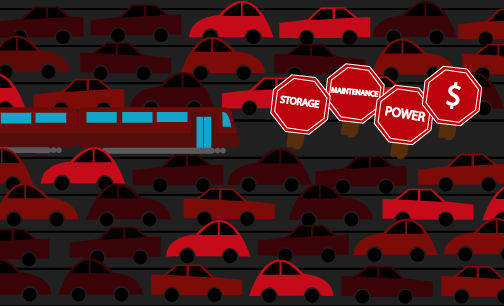Albany High School Graphic Design
Student Showcase 2007-2022
- A Problem To Solve
- Blend Tool Poster
- Book Covers
- Editorial Clipping Mask
- Editorial Graphic
- Flatten The Curve
- Focal Points
- InDesign Spread
- Pen Tablet Sketch
- Perf Film Windows — C106
- Photoshop Brush Face
- Product Flyer
- Product+Company Mashup
- Signs & Symbols
- Something is Back!
- Spec Ad—Poster
- T-shirts & Apparel
- Text-heavy Billboard
- The Perfect Color
- Thinking With Type
- Typeface Postcard
- Volleyball Poster
- Zachary’s Poster
- Things My Friends Say
- Journalism/Security Free Choice Assignment
- AHS Front Photoshop
- A Problem To Solve
- Blend Tool Poster
- Book Covers
- Brandmark Practice
- Editorial Clipping Mask
- Editorial Graphic
- Flatten The Curve
- Focal Points
- InDesign Spread
- Pen Tablet Sketch
- Perf Film Windows — C106
- Photoshop Brush Face
- Product Flyer
- Product+Company Mashup
- Signs & Symbols
- Something is Back!
- Spec Ad—Poster
- T-shirts & Apparel
- Text-heavy Billboard
- The Perfect Color
- Thinking With Type
- Typeface Postcard
- Zachary’s Poster
- Things My Friends Say
- Journalism/Security Free Choice Assignment

Tony Chung
PROFILE/DESCRIPTIONRolling stuck Nov 12th 2009 | WASHINGTON, DC A light-rail project is up against the brick wall of bureaucracy THE good news is that the three streetcars that the city of Washington, DC, bought for $10m back in 2006 seem to be running well. The bad news is that they are running only once a month, for 200 yards, in Ostrava—the Czech town where they were built. The city has paid $860,000 to store the cars, and says they will be in DC at the end of this year. When they will carry their first passengers, however, is harder to say. Until 1962, around 200 miles (320km) of streetcar tracks ran through Washington and its suburbs. Then Congress ordered DC Transit, which operated them, to switch to buses; cars grew more popular; and today the area has some of the worst traffic in the country. Plans to help alleviate that with a return to streetcars began seven years ago. The city has broken ground on two small bits of what it hopes will be a 37-mile network: 1.5 miles in Anacostia, a rundown area in the south-east of the city, and two miles along a burgeoning commercial corridor on H Street in the city’s north-east quadrant. In July 2008, it was said that the Anacostia section would be running by late 2009. Now the estimate is 2012. The city still has not decided where it will store and maintain the vehicles, or how it will power them. The last problem is bedevilling in a way unique to Washington; no other American city is home to so many competing branches of government. In the 1880s Congress forbade overhead streetcar-wires in what was then “the city of Washington” to preserve views of the Capitol and the White House. The first part of the H Street track falls within this section, and hence under federal jurisdiction; the second part does not. Streetcars would help the city. Lines are planned to run through several poor neighbourhoods that still bear scars from the 1968 riots that followed Martin Luther King’s murder. A study commissioned by the transport office in Portland, Oregon, which has in recent years rolled out the most extensive streetcar network built in America since the end of the second world war, found that its streetcars spurred $3.5 billion-worth of development. They run on electricity rather than fossil fuels, and have a chic that buses lack. And the city at last seems serious about them. The transport department has been holding explanatory “open houses” in each of the city’s eight wards. Then the city must submit an environmental impact statement, consult with the many interested federal agencies, review proposals from contractors, and choose a winning proposal. After all that, so the city’s streetcar guru assured attendees at the first open house, it’s just four years and you’ve got streetcars. Or maybe five.
GOALSDesign Goals: -Generate feeling of heavy urban traffic -Show that streetcars are potential solutions to traffic problem -Emphasize the restrictions preventing use of streetcars